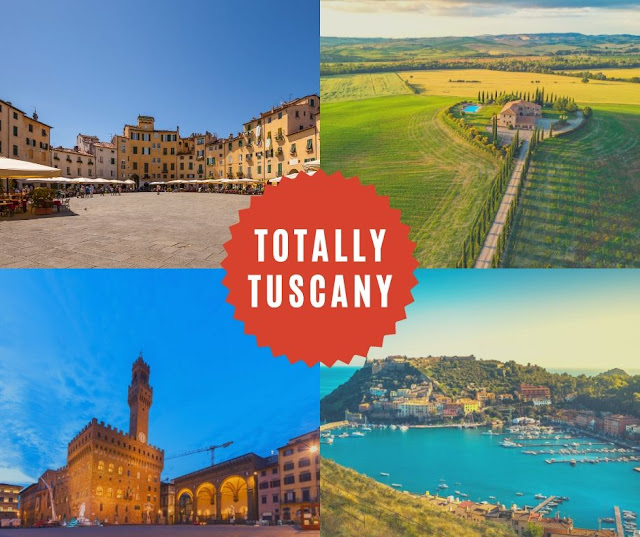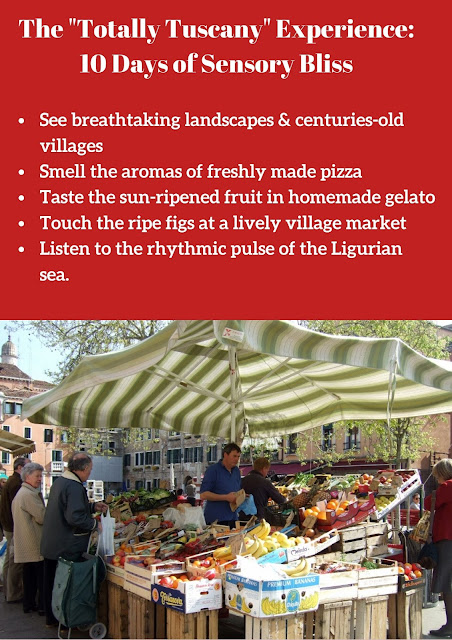On my very first independent overseas trip, I stayed in the smallest, most uncomfortable hotel room in the whole of Europe. I'll spare you the full description of the giggle-inducing discomforts (the shower for very thin people for instance) because you've probably been there. It was all we could afford and we had a great trip, lack of home comforts notwithstanding.
That was 35 years ago. We've come a long way since then.
Yes, there are thousands of excellent hotels all over Europe but with the South African Rand, you almost need to take a second bond on your house to be able to afford them. By default, I've become a live-like-a-local snob and almost always opt for self-catering digs. The sterile, impersonal environment of a hotel, housekeeping's nagging morning knock when you haven't brushed your teeth yet and the air-conditioner that never seems to work properly in the height of summer has, over the years, conspired to drive me permanently into the welcoming arms of independent living. Sharing with friends; a stylish apartment with a balcony, a handpicked villa with a pool, a beach hut, a canal boat, even a campervan have all served as my temporary home when exploring distant destinations. At a fraction of the cost had I done it all independently.
Welcome to trip-share, an independent travel concept with communal benefits. In fact, it's like staying in an upmarket commune but with all the comforts of home.
What all these places have in common is freedom. Feel like a sandwich or a pot of tea? Simply pop down to the kitchen. How about a cold beer? In the fridge, help yourself. Anxious about finding a laundromat? There's a washing machine down the passage. By sharing a well-appointed villa (often with a pool), the transport and the shopping bill, South Africans can effectively live like proverbial kings, or at least at a standard which they're accustomed to. All without compromising the intimate nature of independent travel. You still stay in a private room with private bathroom but because the cost is shared, you can afford to stay in above-average comfort and avoid that tiny room in Hotel Drab on the outskirts of town. Besides the fact that it's up to you to make it feel like home, sharing with a bunch of like-minded individuals can be pretty jolly. (Saffanese: a jawl)
After a recent trip all over Italy, squeezing in far too many destinations in far too short a time, I started toying with a friend's idea of doing it again, this time at a slower pace with a small group, basing ourselves in one place and doing frequent day-trips. I started making the post-trip sums and looking back, the total cost per person was remarkably agreeable. We managed to find below-average airfares, avoiding those long layovers in one of the Gulf states. We lived well, often eating fairly extravagantly "at home" (think fresh scallops bought from the local fish market), but with a respectable number of trattoria pizzas thrown in. We made extensive use of local transport and shopped at neighbourhood grocery stores.
Which brings me to my planned trip to Tuscany in May of 2020. I've never been a fan of group tours but essentially, that's exactly what I've been doing for the past 20 years or so. It's always been with friends (usually with me doing all the arrangements) but my thinking is: if I can travel with long-time friends, why not travel with future friends? The done-deal-moment came when an acquaintance said she has never had the courage to do something like this on her own, but she's aching to experience Tuscany in-depth.
If you’re not into tour groups yet dread the daunting task of arranging everything yourself, this group tour in Tuscany might just be for you. Here are my ten benefits of trip-sharing with like-minded travellers and why they make sense, especially on a unique, “once-in-a-lifetime” experience that ticks all the boxes:
- Sharing the cost of a villa, transport and food equals substantial savings for everyone, especially with our meek Rand. Example: a very basic hotel room can easily cost in the region of €100 per night (that's R820pp at current exchange rates). For the same price or less you can share a fabulous villa with all the bells and whistles. These are very large houses with multiple bedrooms and bathrooms, large grounds and are usually beautifully furnished.
- Most villas are rented weekly, so you're staying in one place for the duration and that has the heavenly reward of not having to haul luggage around airports, train stations or in and out of tour buses every other day. It has the added benefit of cutting down on intercity transport.
- Unpack and pack only once. Bliss.
- Being an ardent independent traveller myself, this trip is based on what most slow travellers want to experience on an overseas holiday: the food, the wine, the music and the local culture. Big benefit: no rush.
- With a small group of devotees-to-all-things-Italian (carefully selected on similar likes and dislikes to your own), the trip doubles up as a social outing with jovial acquaintances.
- No traipsing around town with a bag of dirty clothes every few days: laundry facilities are in-house.
- No rigid timetable, with special avoidance of the early morning herding to a waiting bus.
- Having our own shared transport, frequent day trips to explore off-the-beaten-track villages of Tuscany is a breeze and the best, in this case, is: you don't ever have to drive on the "wrong" side of the road.
- Usually, you'd split the grocery bill equally and the foodies in the group do the cooking, but on this trip we do all the cooking. We've included all breakfasts and nearly half of all other meals (we've even planned a locally sourced braai). The idea is that everyone has the freedom to break away and discover their own intimate trattoria from time to time. Of course, you're not banned from the kitchen!
- Because we're based in one place, everyone can do as much or as little as they want. Some might want to visit as many museums as possible, while others prefer just meandering through an ancient village for a few hours. Flexibility is key.
On this particular trip, having full-time hosts means you never have to try and tackle the small things like finding transport or navigating a grocery store on your own, fun as that might be for some of us.
In summary, this type of travel can be seen as being a group tour for people who hate group tours. Yes, you're not always alone with your partner (a blessing for some?) and yes, you do sacrifice a bit of your privacy but it makes overseas travel a lot more comfortable, more affordable and in the end, much more sociable. I'd love to hear your thoughts:
allanbarnard100@gmail.com
allanbarnard100@gmail.com
































